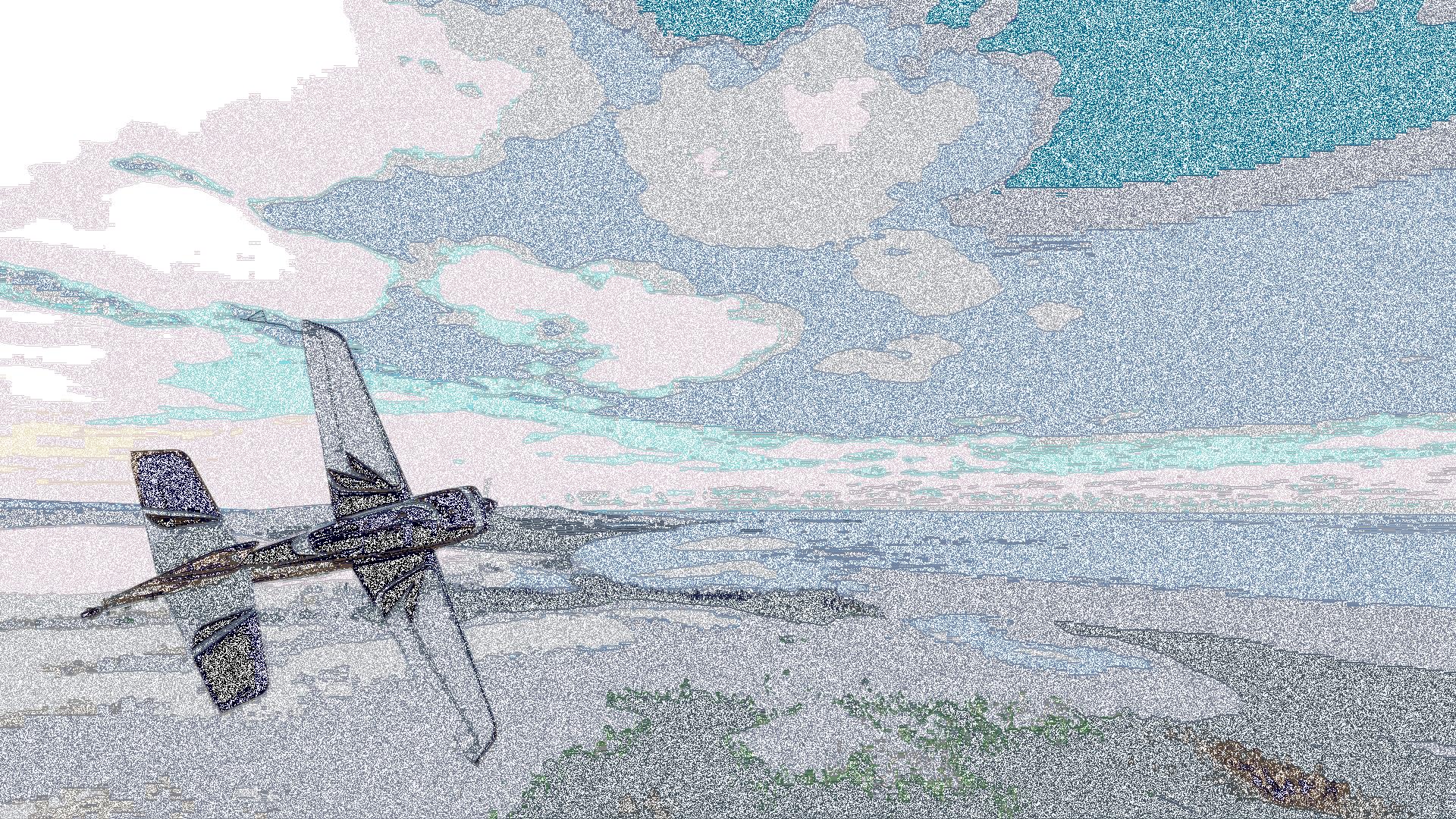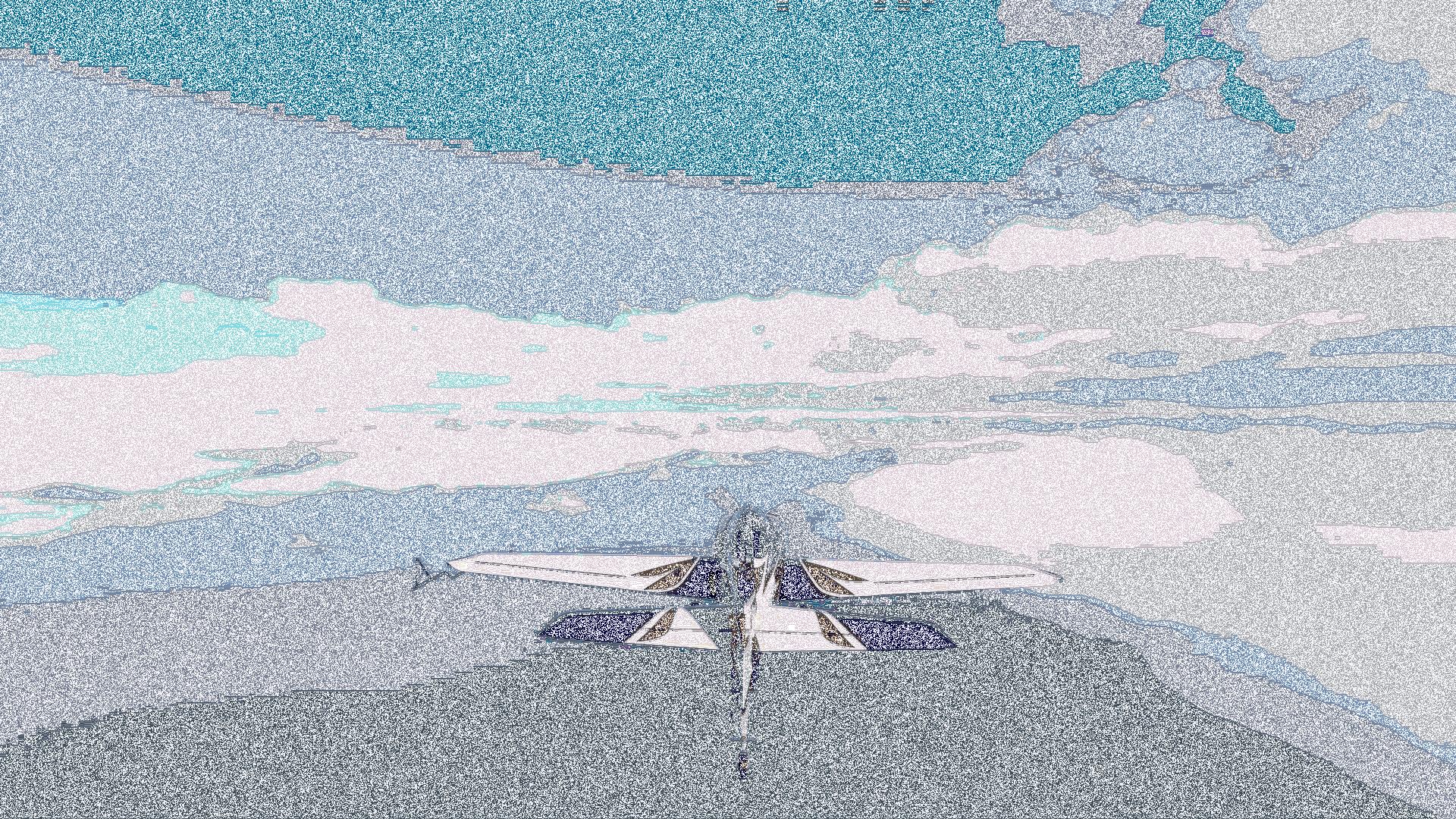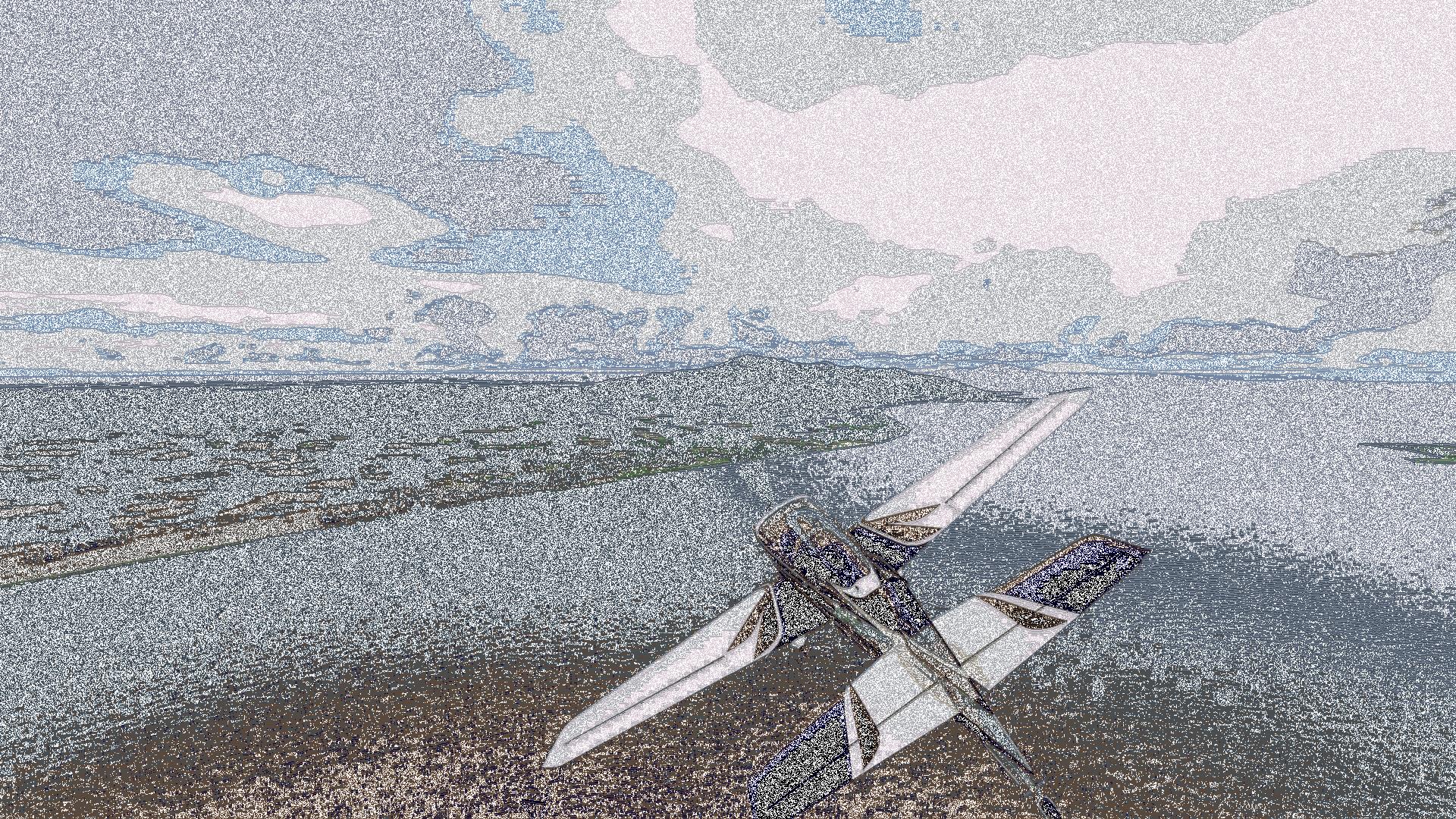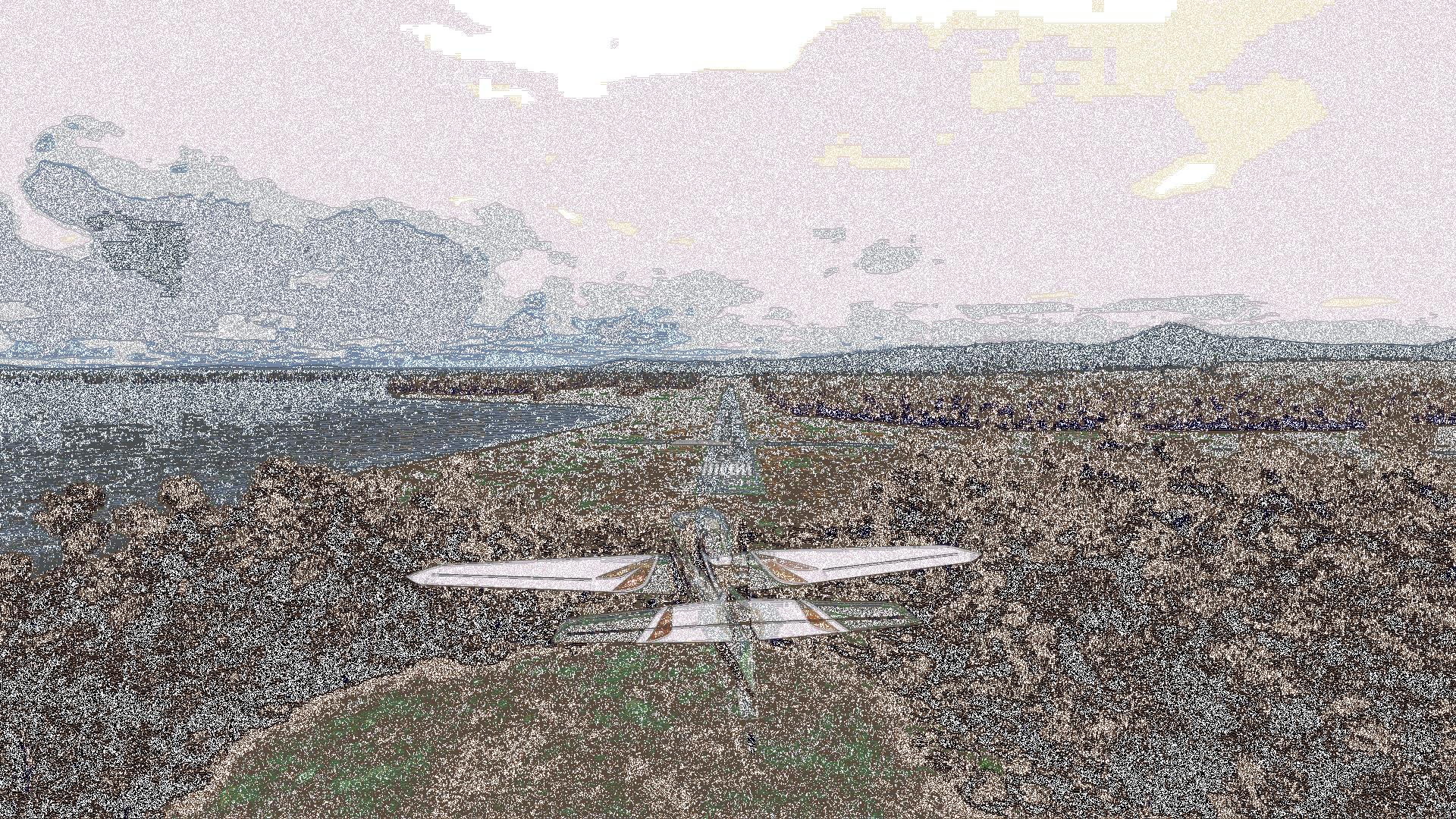Whitemark
Flinders Island

Today we're off to Whitemark, a little town on Flinders Island, part of the Furneaux group to the north of "mainland" Tasmania. Back in the day (35,000 years ago) people walked here from Australia, which they had mostly walked to from parts north. But as the sea rose and the climate changed, anyone living on Flinders Island would find themselves quite cut off from everything else. Flinders is in the Roaring Forties: strong, gale force winds that howl out of the west at forty degrees south latitude and have had a straight run ever since Argentina. So living on Flinders is not for the faint of heart.
The original population of Flinders all died off 4,500 years ago. This time period coincides with an acute El Niño period, and it is likely they died of thirst and hunger. They found the isolation of the place to be terminal. But others have come here precisely because it is isolated. In the late 18th century the island was frequented by seals, which meant it was frequented by sealers. And the sealers mostly had wives (at least during seal season) from the mainland. You could trade things for wives - hunting dogs were a favourite of the indigenous Palawa. Or you could simply steal your wives. There were many children born to Palawa women from sealer fathers. Quite often, after seal season, they were free to return home with their children. By 1828 the seals had largely disappeared, and on the mainland, the Palawa had also largely disappeared.
Before the Europeans arrived, it is estimated there were between 3,000 and 15,000 Palawa people on Tasmania. But with introduced diseases, the Black War and even bushrangers, their population was reduced to near extinction by 1830. In an effort to "keep the Palawa safe from the white man" the remaining 160 were deported to a camp on Flinders Island. They lived in Wybalenna, Black Men's Houses, and their camp was the "best equipped and most lavishly staffed Aboriginal institution in the Australian colonies in the nineteenth century.". Even still, they continued dying. By 1847 there were only 47 left.
So the decision was made to move these 47 to even more remote lodgings, Oyster Cove Station. 44 of them survived the journey to the former convict station that had been abandoned because, being built on poorly drained mudflats, it was unsafe for the condemned to be housed there. As soon as they arrived, the ten children in the group were removed from their parents and taken to an orphan school in Hobart. This small act of charity prevented a total genocide, as it would turn out. The last resident of Oyster Cove, the last full blooded Palawa, by the name of Truganini, died in 1876.
Palawa were thought to be extinct throughout the 20th century, victims of the genocide. But a loosening of the definition of Palawa to include the descendants of sealer fathers and Palawa women, that would be those ten kids, has propped up the numbers considerably. Depending on what criteria one uses to define aboriginality, the current number can be anywhere between 6,000 and 23,000. And upwards of fifteen of them live on Flinders Island.
 Lots of water.
Lots of water.
|
 Land ho!
Land ho!
|
 And here we are in Flinders Island. The more observant amongst you will notice that we have a bit of a crosswind blowing in from Argentina.
And here we are in Flinders Island. The more observant amongst you will notice that we have a bit of a crosswind blowing in from Argentina.
|